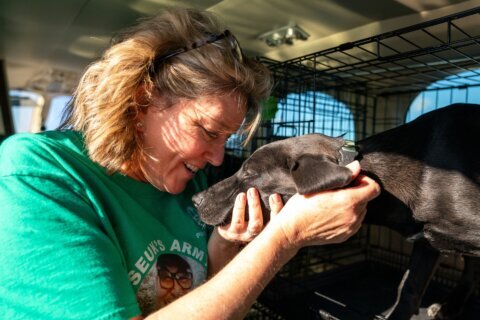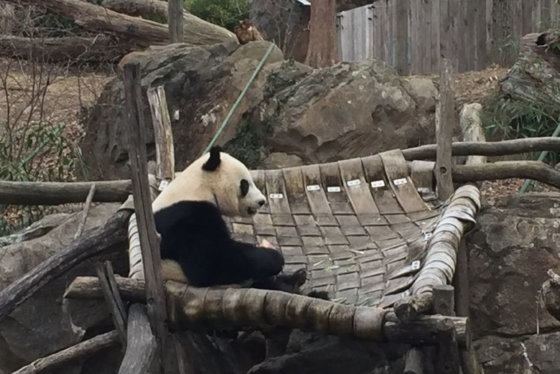If there’s going to be another panda born this summer, scientists at the National Zoo have to hope their one shot taken was a success.
Around 9 p.m. Thursday night, they artificially inseminated Mei Xiang. The giant panda has given birth to three panda cubs at the zoo.
Now all scientists can do is wait to see what happens.
“We know that we won’t be able to confirm any pregnancy for several months,” said Michael Brown Palsgrove, the curator of the panda exhibit at the zoo. “The only successful way to confirm pregnancy in a giant panda is through an ultrasound.”
And because panda cubs are so small when they’re born, the ultrasound won’t detect anything until just before Mei Xiang might give birth. There are no signs of pregnancy, even subtle ones – even their behavior can’t totally be trusted, because pandas can often exhibit what’s called “pseudo-pregnancy.” But she does give indications when she’s ready to try to breed, which is why scientists sprang into action quickly.
“We know that we have a window of 12 to 24 hours to take action,” said Pierre Comizzoli, who led the team that inseminated Mei Xiang Thursday night. “Now it’s the waiting game.”
Part of that is because panda embryos can undergo a “delayed implantation,” which means the gestation period for the new cub may start today, tomorrow, or even a couple of months from now. “The pregnancy can be between three and five months,” said Comizzoli.
Mei Xiang last gave birth to a panda cub in 2015, after scientists there successfully inseminated her with a sample taken from Tian Tian, who has fathered all three of her cubs. Now they’re hoping he’ll help spawn number four.
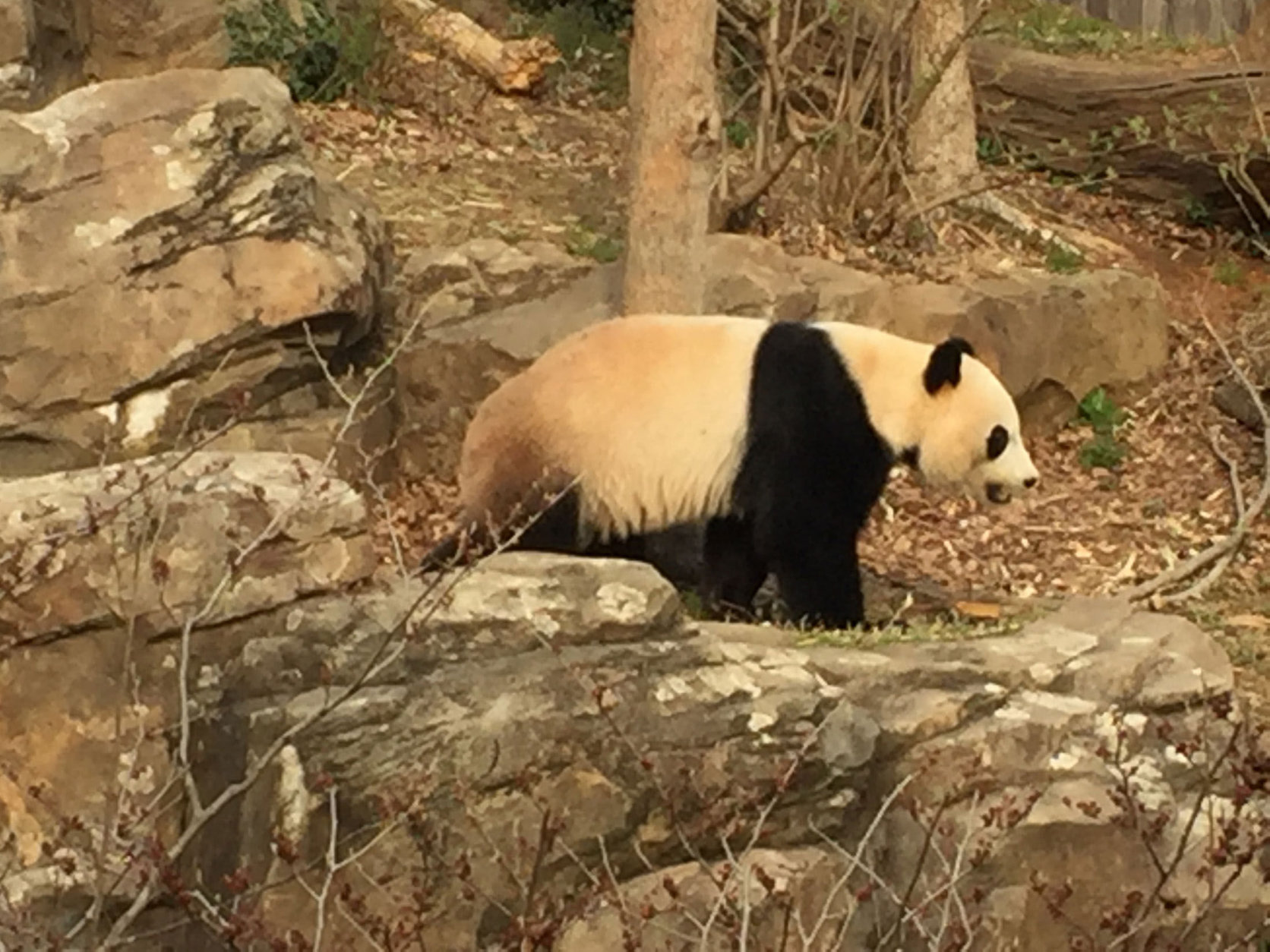
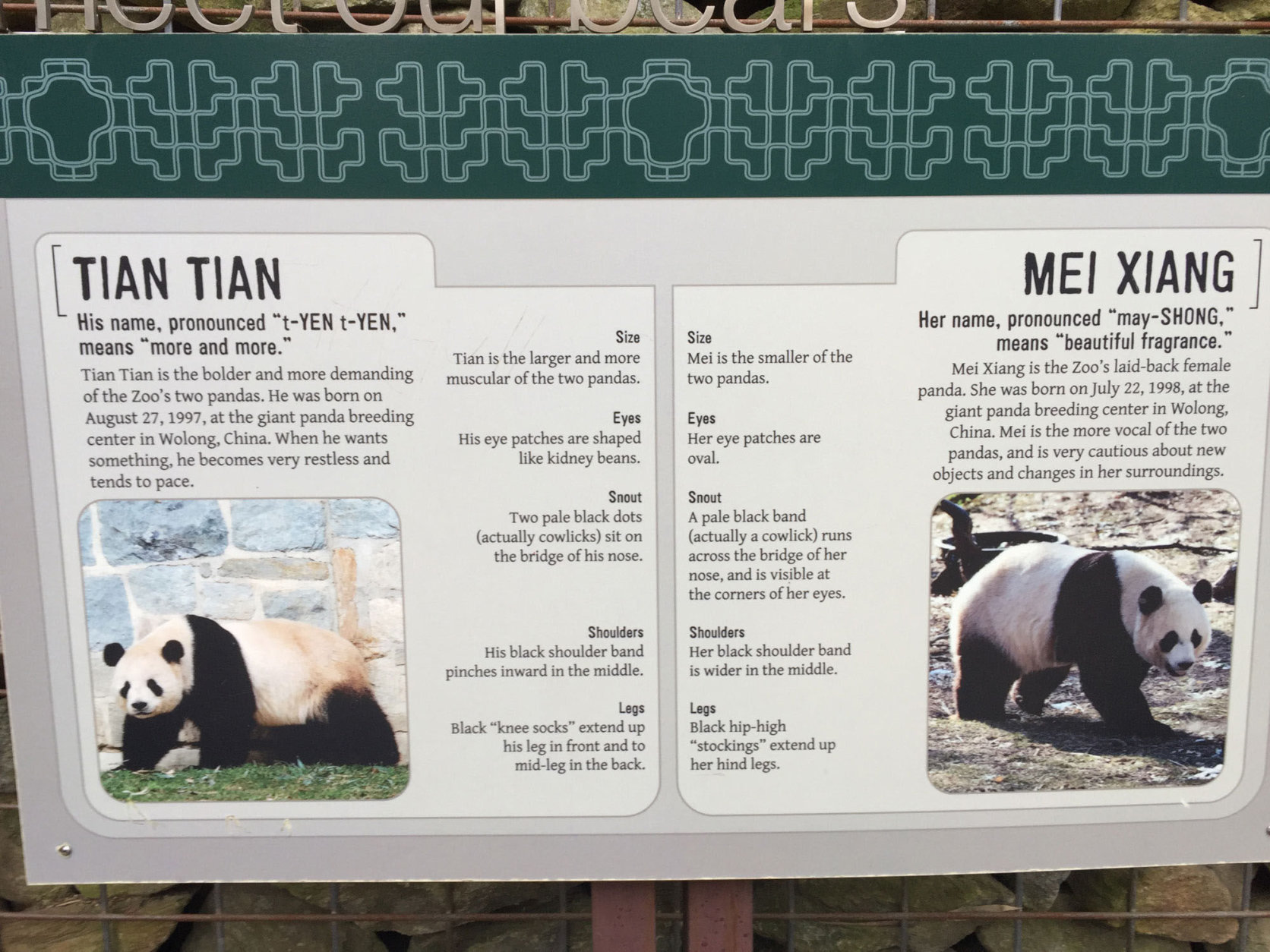
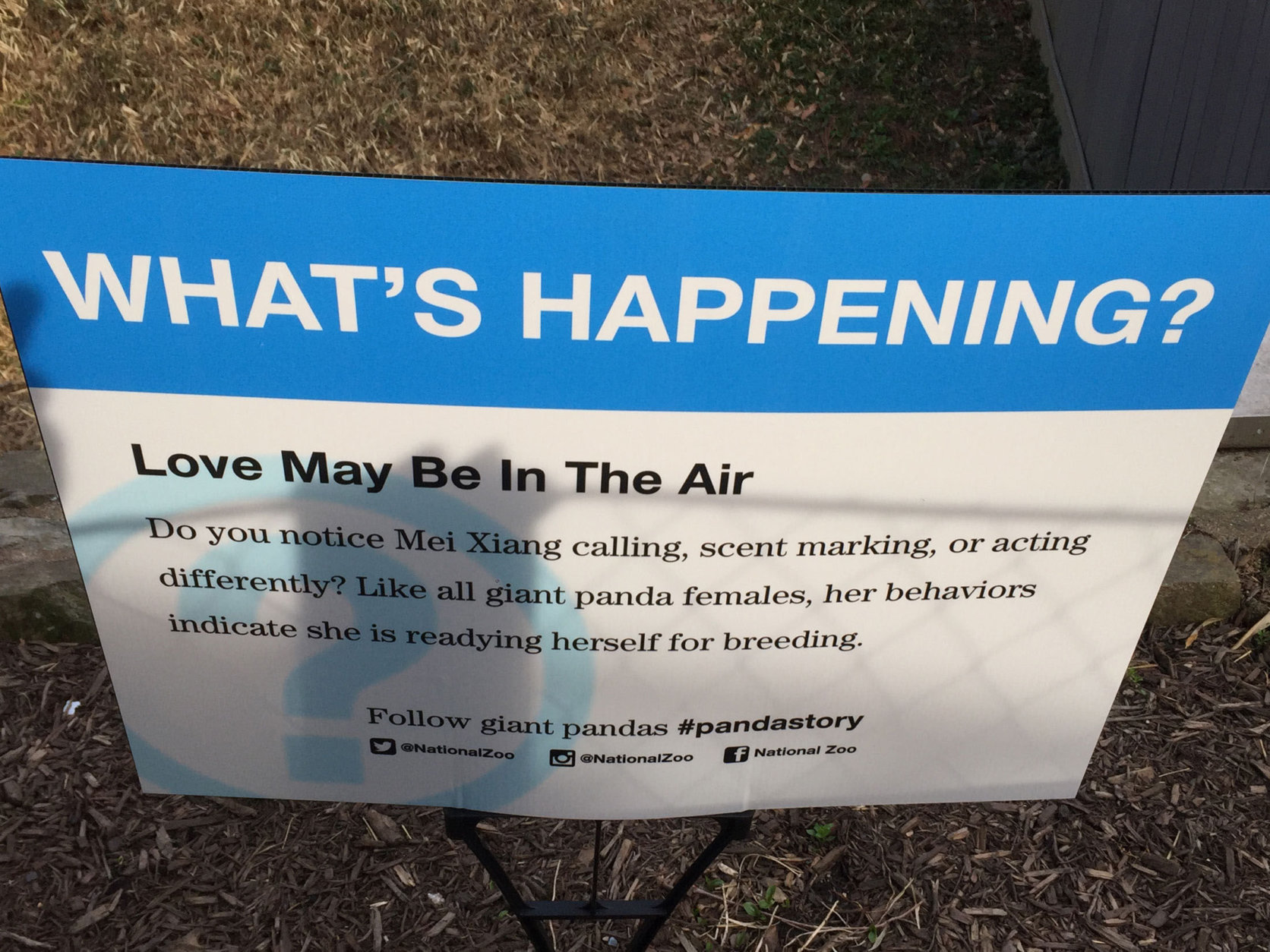


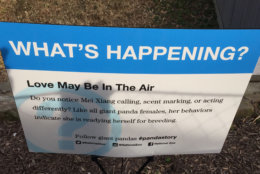
“If you have a success everybody’s happy,” said Comizzoli. “But if you don’t have a success then you have to wait one more year.”
Mei Xiang’s desire to breed and Tian Tian’s desire to breed didn’t match up at the right time to breed naturally. The artificial insemination process is the only shot.
“At this point we feel like the window where she probably ovulated into optimized conception has passed,” said Brown-Palsgrove. “So our breeding season has ended. Now we wait and see.”



